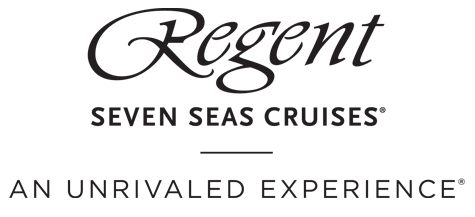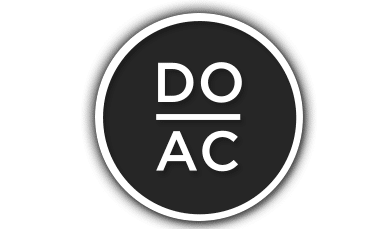Venice to levy tourist tax where will it end

Are destinations homes, shops or tourist attractions in themselves? Or all three?
The Commune of Venice has agreed to impose a hotel bed tax, commencing on July 1st 2011.
After a meeting on Wednesday morning of the mayors of the Veneto region, the Commune of Venice, led by Giorgio Orsoni, announced that the city will introduce an accommodation tax from 1st July subject to a vote.
The cost, as in Florence, will be 1 euro per person, per night, per star of category for up to a maximum of 5 nights. In the low season (November to February) a lower tariff is anticipated.
Residents of Venice, under-10s, hostels and communal accommodation as well as coach drivers and guides travelling with groups will be exempt.
The initial estimate of 24-26 million euros a year has been downgraded to around 20 million
It is claimed the tax will help infrastructure as well as all Venice’s cultural monuments.
The tax takes advantage of a recent federal law, which allows communes to introduce such 'targeted taxes'. Local hotel associations and trade body ‘Confinmercio’ have expressed their opposition.

In a recent effort to raise money, Venice has sold advertising hoardings on major tourist sites.
The question is, how does a municipality provide the necessary services (management of tourist sites and historic places and countless others) for tourists without charging them directly?
With a iconic and environmentally-challenged World Heritage Site destination such as Venice, the issue comes into clear and dramatic focus.
Millions of tourists visit Venice each year and clearly impact on the city’s cost of upkeep, which is paid for by local citizens and businesses.
It is easy to assume that Venice, and its population, lives on tourists alone, but, like other destinations, there are many other industries and individuals that see tourism as a threat rather than an opportunity.
Furthermore many citizens in tourist destinations have their quality of life ruined in their home towns by tourist activity. Tourists can clog up streets, public facilities, pry into private houses, drop litter – all of which activity has to be managed, with the cost paid for by locals.
And the more ‘successful’ the destination in terms of numbers of tourists – the worse, and more expensive the problem is for local inhabitants.
Often tourists see places just as destinations, while the industry sees them as shops – we often forget that even in the biggest, most popular tourist destinations, inhabitants see them as their homes!
A relatively low tax on bed-nights is bound to be the thin end of the wedge – at least these tourists stay and provide employment for a range of hoteliers.
The real problem in Venice, and many other big time destinations is low-spending, high leakage cruise ship passengers and day trippers who contribute little to the local economy and come and go in great unmanageable groups.
In this current economic climate, destinations are challenged to raise the maximum income they can with the minimum expenditure – so tourism is bound to be a sitting duck target.
There are many ways of enhancing tourism’s tremendous potential as a key economic driver sustainably, without draconian taxes. Let’s hope that these are examined soon before Venice’s trickle becomes a global flood!
Valere Tjolle
Valere is editor of the Sustainable Tourism Report Suite 2011, special offers HERE
 United Kingdom
United Kingdom United States
United States Asia Pacific
Asia Pacific












































Dozens fall ill in P&O Cruises ship outbreak
Turkish Airlines flight in emergency landing after pilot dies
Boy falls to death on cruise ship
Unexpected wave rocks cruise ship
Woman dies after going overboard in English Channel